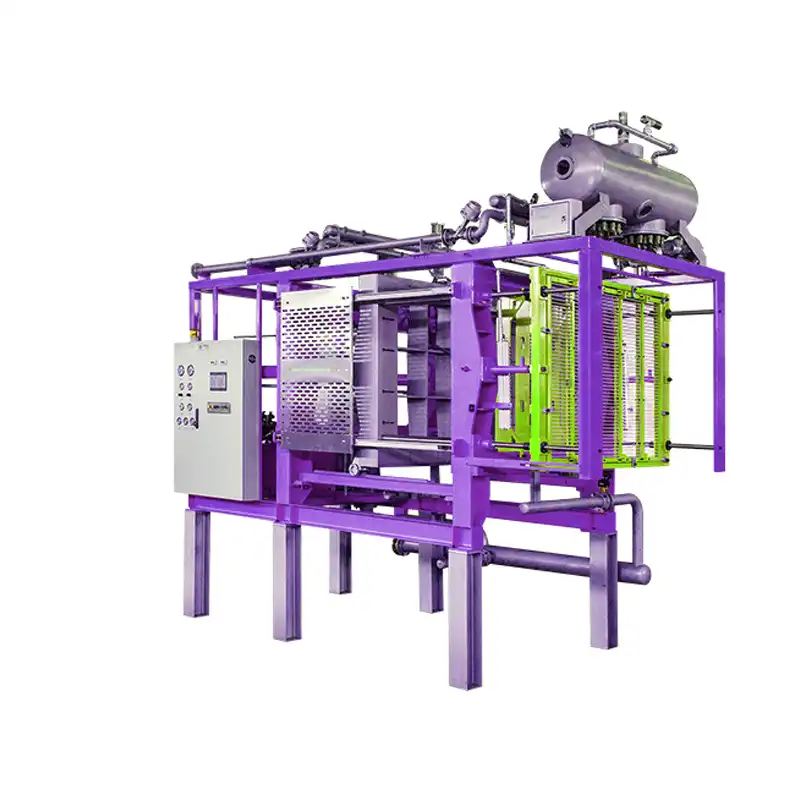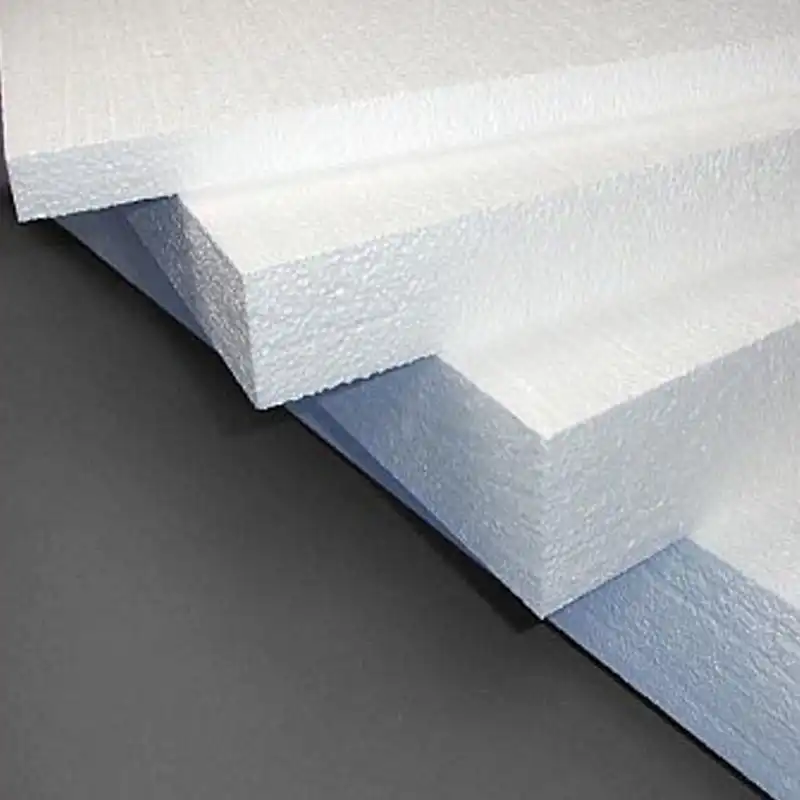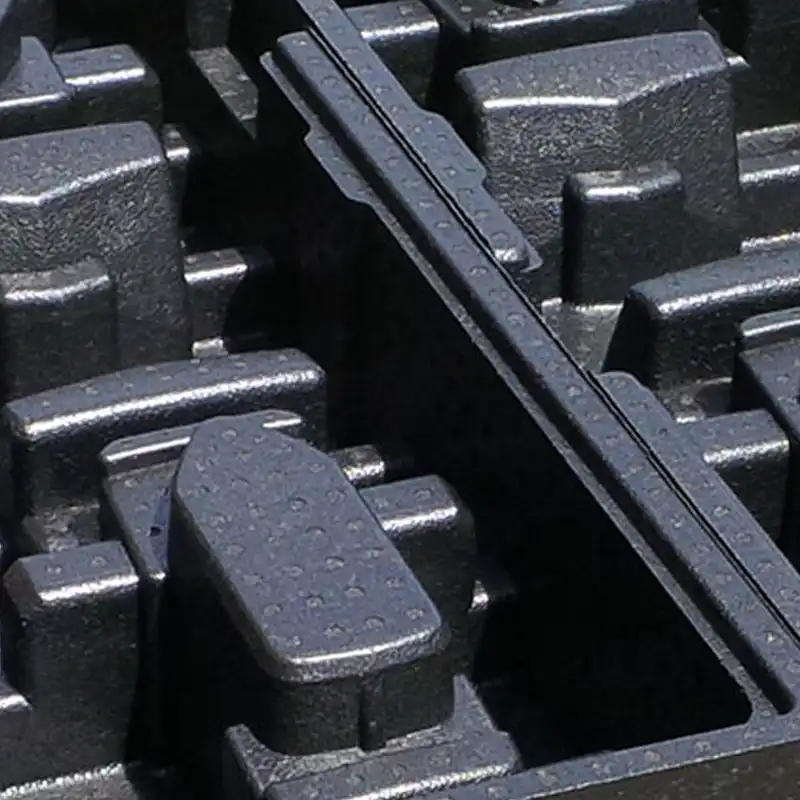
Importing EPP Injection Molding from China
Are you looking for the EPP injection molding from China? Here we can directly supply the certificated EPP injection machine with a competitive price, and please feel free to contact us at any time if you are interested.
Why Choose Our EPP Injection Molding
EPP injection molding is a manufacturing process used to produce parts and products made from Expanded Polypropylene (EPP).
Choosing our EPP (Expanded Polypropylene) injection molding services offers several key advantages:

-
Lightweight yet Durable: EPP is renowned for its lightweight nature while still being incredibly durable. This makes it an ideal material for a wide range of applications, from automotive components to packaging solutions.
-
Excellent Energy Absorption: EPP has outstanding energy absorption properties, making it ideal for products that require impact resistance. This is particularly valuable in industries such as automotive, sports equipment, and consumer electronics.
-
Thermal Insulation: EPP provides excellent thermal insulation properties, which can be advantageous in applications where temperature control is crucial, such as in the transportation of temperature-sensitive goods.
-
Chemical Resistance: EPP exhibits excellent resistance to chemicals, oils, and solvents, ensuring the longevity and performance of the molded products even in harsh environments.
-
Design Flexibility: Injection molding allows for intricate and complex designs to be achieved with precision. This means that we can cater to a wide range of custom requirements, offering flexibility in design and functionality.
What is EPP Molded Foam Packaging?
EPP (Expanded Polypropylene) molded foam packaging refers to the process of manufacturing packaging materials using EPP foam.
EPP foam is a lightweight and durable material known for its excellent energy absorption properties, making it ideal for protecting products during shipping and handling.
EPP molded foam packaging involves shaping EPP foam into customized forms that precisely fit the contours of the products they are designed to protect.

EPP foam molding process
The EPP (Expanded Polypropylene) foam molding process is a method used to manufacture parts and products from EPP foam, a lightweight and durable material with excellent energy absorption properties.
Here’s an explanation of the EPP foam molding process:
Step 1: Material Preparation
The process begins with small polypropylene beads, which are the raw material for EPP foam. These beads are typically pre-expanded using steam or a chemical blowing agent to create a foam structure.
Step 2: Molding
The pre-expanded EPP beads are then injected into a mold cavity using heat and pressure. The mold is typically made from aluminum or steel and is designed to give the desired shape and dimensions to the final product. The injection process fills the mold cavity with the foam beads.
Step 3: Expansion and Fusion:
Once the mold cavity is filled, the mold is closed, and additional heat and pressure are applied. This causes the foam beads to further expand and fuse, forming a solid, homogeneous structure that takes the shape of the mold.
Step 4: Cooling:
After the foam has expanded and fused, the mold is cooled to solidify the EPP foam into its final shape. Cooling can be achieved through various methods, such as circulating water or air through the mold.
Step 5: Ejection:
The mold is opened once the cooling process is complete, and the molded EPP foam part is ejected from the mold cavity. The part may undergo additional finishing processes, such as trimming or surface treatment, to achieve the desired final appearance and dimensions.
Step 6: Quality Control:
Throughout the molding process, quality control measures are implemented to ensure that the molded parts meet the specified standards for dimensions, density, and structural integrity. This may include visual inspection, dimensional measurement, and testing for mechanical properties.
Step 7: Packaging and Distribution
Finally, the molded EPP foam parts are packaged and prepared for distribution to customers or further assembly into final products. EPP foam parts are used in various industries, including automotive, packaging, consumer goods, and aerospace, due to their lightweight, durable, and energy-absorbing properties.
FAQs about EPS Injection Molding
What is EPS injection molding?
EPS injection molding is a manufacturing process used to produce parts and products made from Expanded Polystyrene (EPS). EPS is a lightweight, rigid foam material widely used in packaging, insulation, and various other applications.
How does EPS injection molding work?
In EPS injection molding, polystyrene beads are heated and expanded with steam, forming a foam structure. These expanded beads are then injected into a mold cavity under pressure, where they fuse together to take the shape of the mold. After cooling, the molded EPS part is ejected from the mold.
What are the advantages of EPS injection molding?
EPS injection molding offers several advantages, including lightweight construction, thermal insulation properties, impact resistance, and ease of customization. It allows for the production of complex shapes with precision and can be a cost-effective manufacturing method for large production runs.
What are the typical applications of EPS injection molding?
EPS injection molding is commonly used in packaging for electronics, appliances, food products, and protective packaging for shipping. It is also used in construction for insulation boards, lightweight fill materials, and decorative moldings.
Is EPS injection molding environmentally friendly?
EPS itself is a recyclable material, but the environmental impact of EPS production and disposal can vary depending on factors such as recycling infrastructure and end-of-life disposal methods. However, EPS injection molding can contribute to sustainability efforts by producing lightweight products that require less material and energy during transportation.
What are the design considerations for EPS injection molding?
Design considerations for EPS injection molding include wall thickness, part geometry, draft angles, and the location of injection points and vents. Proper design optimization can help minimize material waste and ensure the integrity of the molded parts.
Can EPS injection molded parts be recycled?
Yes, EPS injection molded parts can be recycled. EPS recycling typically involves compacting or melting the material to form denser blocks or pellets that can be used to produce new EPS products or other materials.
